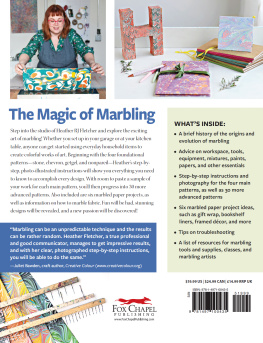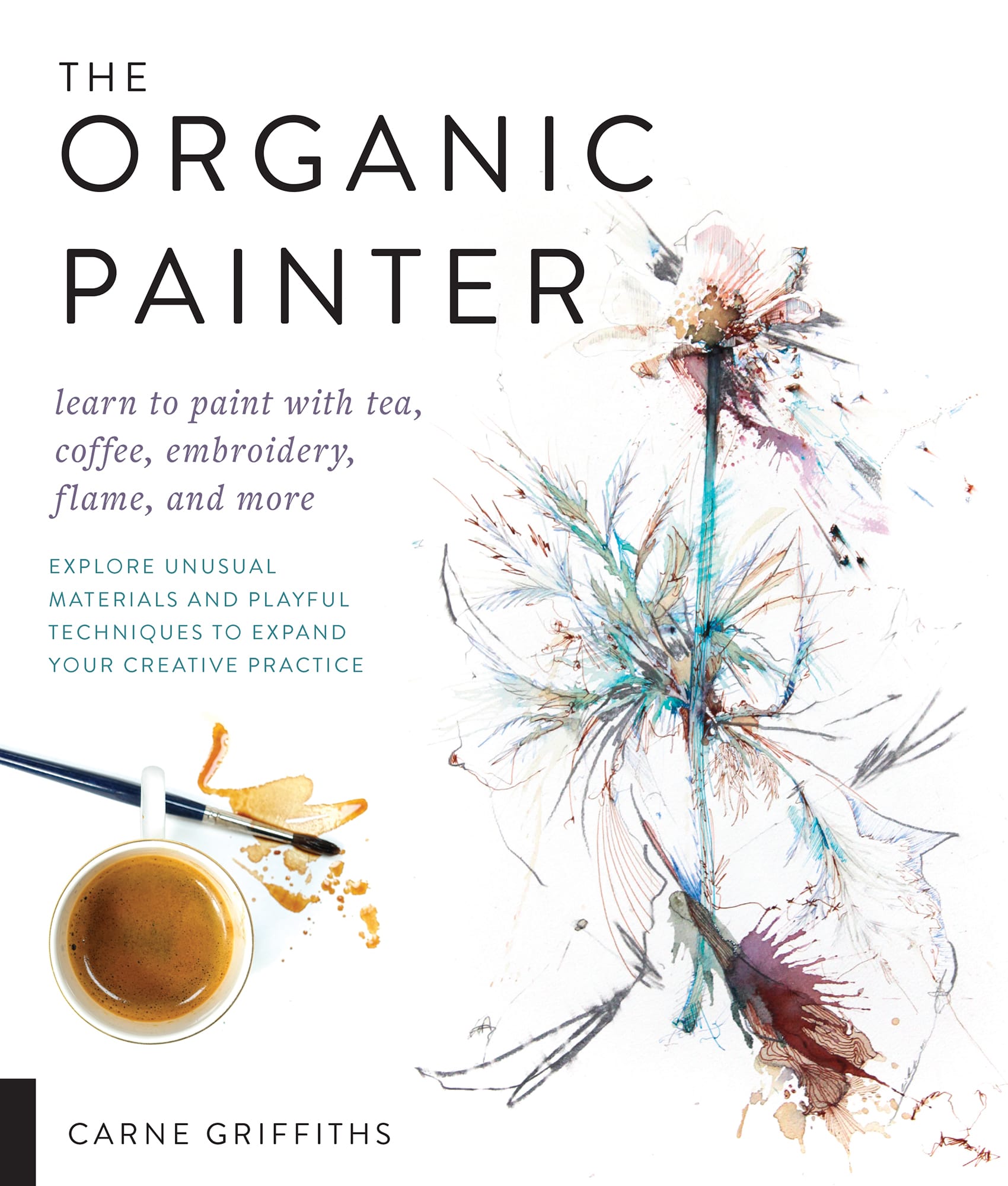Carne Griffiths - The Organic Painter: Learn to paint with tea, coffee, embroidery, flame, and more: Explore Unusual Materials and Playful Techniques to Expand your Creative Practice
Here you can read online Carne Griffiths - The Organic Painter: Learn to paint with tea, coffee, embroidery, flame, and more: Explore Unusual Materials and Playful Techniques to Expand your Creative Practice full text of the book (entire story) in english for free. Download pdf and epub, get meaning, cover and reviews about this ebook. year: 2019, publisher: Quarry Books, genre: Home and family. Description of the work, (preface) as well as reviews are available. Best literature library LitArk.com created for fans of good reading and offers a wide selection of genres:
Romance novel
Science fiction
Adventure
Detective
Science
History
Home and family
Prose
Art
Politics
Computer
Non-fiction
Religion
Business
Children
Humor
Choose a favorite category and find really read worthwhile books. Enjoy immersion in the world of imagination, feel the emotions of the characters or learn something new for yourself, make an fascinating discovery.

- Book:The Organic Painter: Learn to paint with tea, coffee, embroidery, flame, and more: Explore Unusual Materials and Playful Techniques to Expand your Creative Practice
- Author:
- Publisher:Quarry Books
- Genre:
- Year:2019
- Rating:5 / 5
- Favourites:Add to favourites
- Your mark:
The Organic Painter: Learn to paint with tea, coffee, embroidery, flame, and more: Explore Unusual Materials and Playful Techniques to Expand your Creative Practice: summary, description and annotation
We offer to read an annotation, description, summary or preface (depends on what the author of the book "The Organic Painter: Learn to paint with tea, coffee, embroidery, flame, and more: Explore Unusual Materials and Playful Techniques to Expand your Creative Practice" wrote himself). If you haven't found the necessary information about the book — write in the comments, we will try to find it.
Bored with the same old paints? The Organic Painter introduces innovative techniques for using non-traditional paint derived from materials like coffee, tea, and alcohol, to encourage freedom and expression!
Traditional art supplies will only take you so far! Sometimes you need to try something completely new and different. Thats where The Organic Painter comes in. With a little guidance, youll soon be painting with everyday materials youd never considered as an artistic medium.
This inspiring book gives you all the techniques and ideas youll need to boost your creativity, learn natural paint-making, and be more resourceful with your art materials. Imagine the unique things youll make when you create natural paints from coffee, tea, embroidery and flame.
Each project in this guide book comes with instructions on how to make the paint, and also includes experiments and explorations for you to try. Plus, a simple painting accompanies each featured material and combines it with other materials or techniques, so youll never lack inspiration.
Carne Griffiths: author's other books
Who wrote The Organic Painter: Learn to paint with tea, coffee, embroidery, flame, and more: Explore Unusual Materials and Playful Techniques to Expand your Creative Practice? Find out the surname, the name of the author of the book and a list of all author's works by series.















